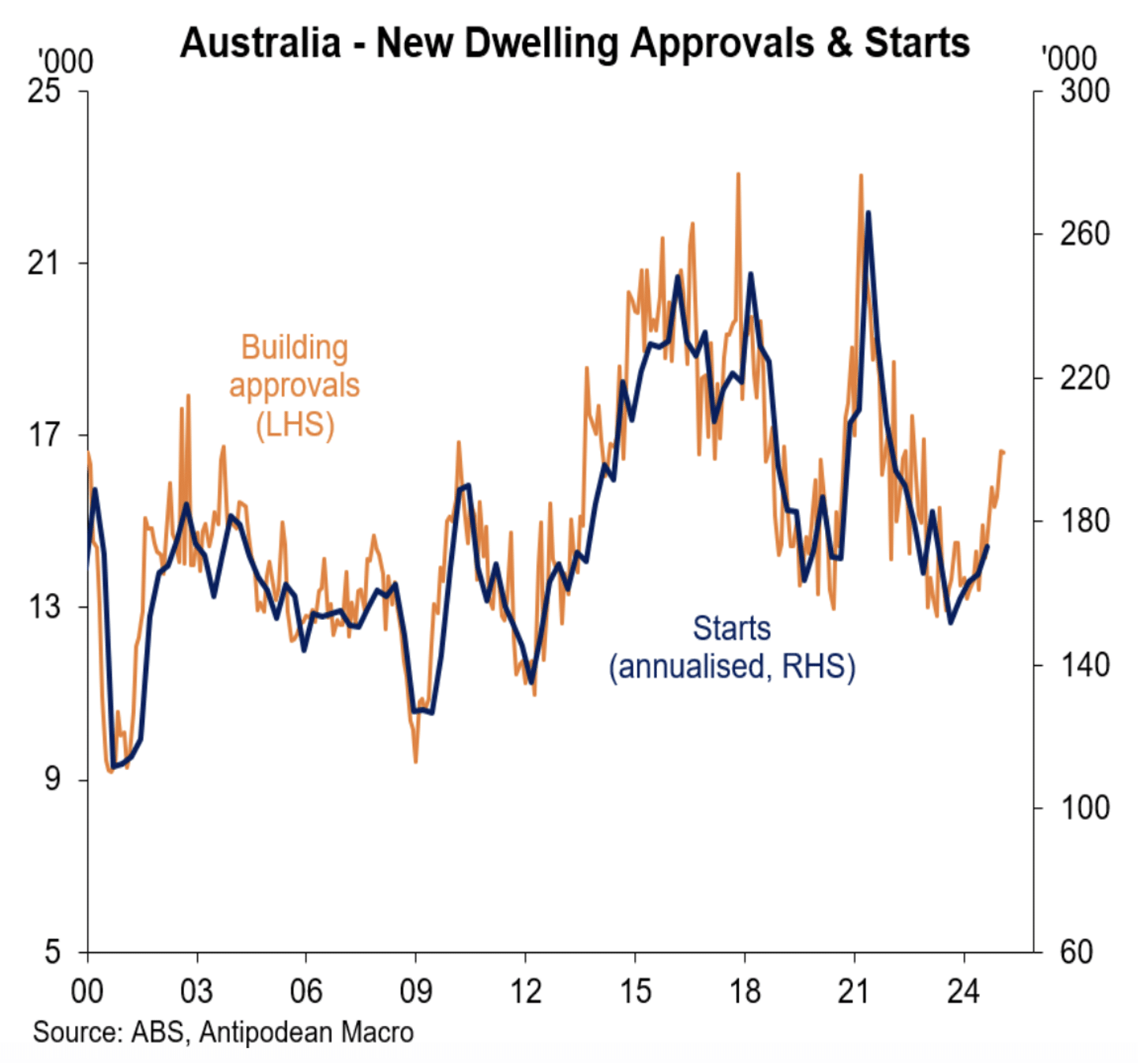Source: selfmanagedsuper
Date: 03 July 2017
A lack of diversification and limited exposure to debt-based products was constraining the portfolios of Australian SMSF trustees and a new approach to income investments was needed, according to marketplace lender Zagga.
Launching its white paper at a media briefing in Sydney last week, Zagga chief executive Alan Greenstein said while a growing number of Australian investors were self-directed, a lack of basic knowledge of the benefits of diversification meant many were falling short of realising their financial goals.
“What we really learnt is that Australians don’t really diversify. Only 40 per cent of them have diversified portfolios, 45 per cent of them are not diversified at all and 15 per cent don’t really know what diversification is really about,” Greenstein said.
“The interesting conundrum in all of this is when you look at the classic portfolio of an Australian investor, you find that it’s imbalanced, it’s either very conservative or really aggressive and risky and there’s nothing in the middle.
“The real question is: why are they avoiding this middle ground and what is this middle ground?”
He drew on research from AMP Capital, as well as figures from the ‘ASX Australian Investor Study 2017’, to highlight how a climate of low interest rates had prompted many investors to seek returns above the cash rate, yet they found themselves in a ‘yield dilemma’ due to rising valuations, which had buffeted yields.
With 1.1 million Australians using an SMSF to manage their super and a further 30 per cent of investors looking to set up an SMSF in the future, he said there was a ripe opportunity to educate the rising class of self-directed investors about why they should turn to marketplace lending.
“The research clearly told us that investors, if given the opportunity to increase their exposure to debt products, as long as they can get familiar with it and understand what they’re doing, they can balance risk with reward and have a sense of control and transparency over the investment they’re getting into,” he said.
“Marketplace lending then represents a very viable, credible and attractive solution for them.”
Zagga forecast a net return of at least 8.5 per cent a year from loans available on its platform, with the projections based on current market conditions and each investment being priced on its own merits, he added.
One key feature that set Zagga apart was giving investors the ability to ‘fractionalise’ their lending, meaning they could further diversify their risk across multiple loans similar to constructing a portfolio of bonds or equities, he said.
“At the end of the day, what you want to be able to do is give an investor a decent yield with an acceptable risk and that in a nutshell is what Zagga is about,” he said.




